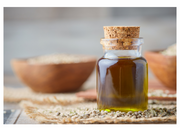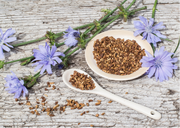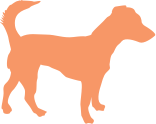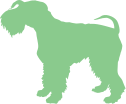FEEDING RAW - IS IT SAFE?
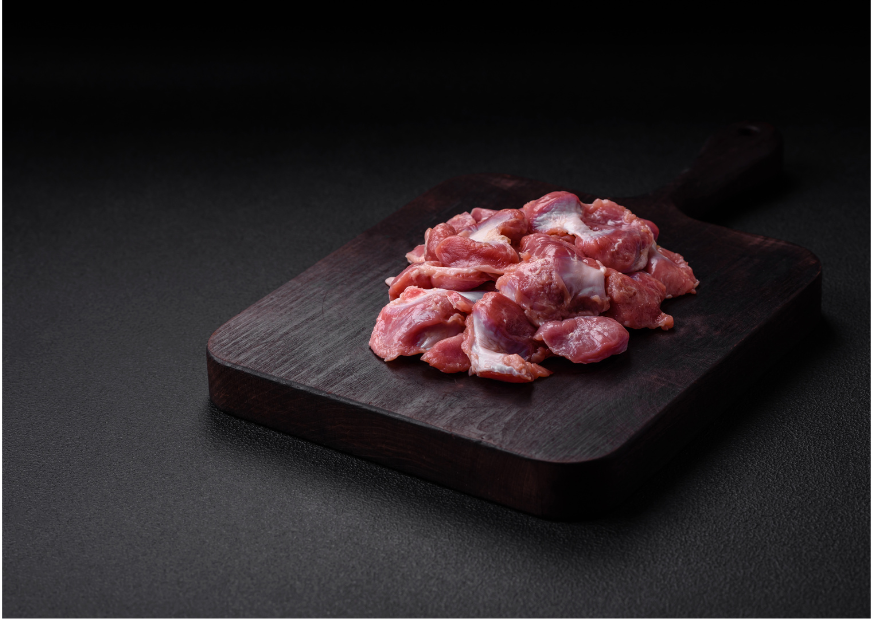
In truth, salmonella poses a very low risk to humans and an even lower risk to dogs. The number of people who actually suffer from salmonella poisoning is tiny. It is even rarer for a dog to suffer from it because of the acids contained in your four-legged friend’s stomach. The canine stomach acids are strong enough to kill off the vast majority of bacteria.
So, what chance is there of a human catching salmonella from a dog?
Dogs don’t carry salmonella in their saliva or on their skin, not even after eating 100% salmonella-infected raw food. But, when they do eat infected food, about one-third of them will show a moderate concentration of salmonella in their faeces, but no clinical signs of being sick. Even then, the only way you would catch salmonella from a dog is, putting it politely, by eating its excrement!
As humans, we have been made paranoid about bacteria, but in fact there can be more bacteria on a shopping trolley handle than on a piece of raw chicken!
Here at Basil’s we are DEFRA (Department for Environment, Food & Rural Affairs) and APHA (Animal & Plant Health Agency) approved and have full product traceability.
However, it goes without saying that good hygiene practice is essential when handling, preparing and storing raw food. Here are our top tips for safe raw feeding:
· Storage
Correct storage is essential for preventing bacterial growth and cross-contamination. Store your raw dog food in the freezer until you are ready to use it. Thaw and store in the bottom of the fridge in a dedicated container to avoid any leakage of meat juices/blood. Once defrosted, use within 48hrs.
· Cleaning
Ensure you wash your hands thoroughly with soap and warm water after handling raw food. Disposable gloves are good to wear for prepping meals.
Wash all utensils, dishes and surfaces after serving with hot soapy water.
· Leftovers
Safely dispose of any uneaten raw food as soon as your dog has finished eating, especially in warmer weather as flies will soon be attracted to any leftover raw meat.
· Consider your household
If possible, and especially if you have anyone in your household who is at higher risk, such as children, pregnant women or anyone who is immunocompromised, have a safe designated feeding area which can be thoroughly cleaned and cleared after each meal.
The Benefits of Raw Feeding for your Canine Friend
Feeding a species-appropriate diet provides a supply of essential nutrients in a bioavailable form. The health and wellbeing of your dog will be improved; you can expect them to live longer, have a better quality of life, and suffer less illness. Even older dogs or those with chronic illness can have their lives transformed.
By feeding your canine friends the correct food that is designed for their anatomy and physiology, their bodies are going to be more appropriately fuelled to help maintain optimum health and keep them fit and healthy for the length of their life.
So by following a few good hygiene guidelines, raw feeding can be perfectly safe, and is most definitely best for your dog 🐶

